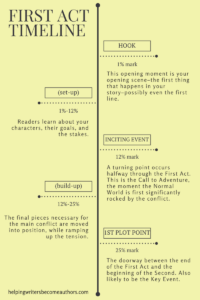The First Draft–Feedback & Revision
If a teacher told me to revise, I thought that meant my writing was a broken-down car that needed to go to the repair shop. I felt insulted. I didn’t realize the teacher was saying, ‘Make it shine. It’s worth it.’ Now I see revision as a beautiful word of hope. It’s a new vision of something. It means you don’t have to be perfect the first time. What a relief!
–Naomi Shihab NyeRevision is not going back and fussing around, but going forward into the process of creation
–May Sarton
First Read one other student’s Task 6. Use Story Feedback Tips to learn HOW to give feedback. Give a few sentences of Feedback to the student in the “comments” past of their post–and leave your name (this is how you get credit) Then make a list of what you learned that might be helpful for YOUR story, and add that list to your Task 7 post before your revision.

Second Revise your draft by making any structural changes to clarify the story. Keep All major changes in BOLD so we can see what you changed. If you delete sections, you can use strikeout text.
In revising consider al the element of the first section of your story:Hook, Set-up, Inciting Event, First Plot point (turning point), and then Reaction.
Your task is to revise the entire first section up to and including that turning point… Post the TEXT of your revision after the list of what you learned.
This revision can be shorter or longer than the draft. It can include more new material, or continue the story further. The point is that you get more of your story in writing ,a nd more of that clarified.
Your next exercise will be to put this revision into a format that will work for your story, experimenting with sound, visuals etc, so it’s a digital 9and not just a text-based) story).
